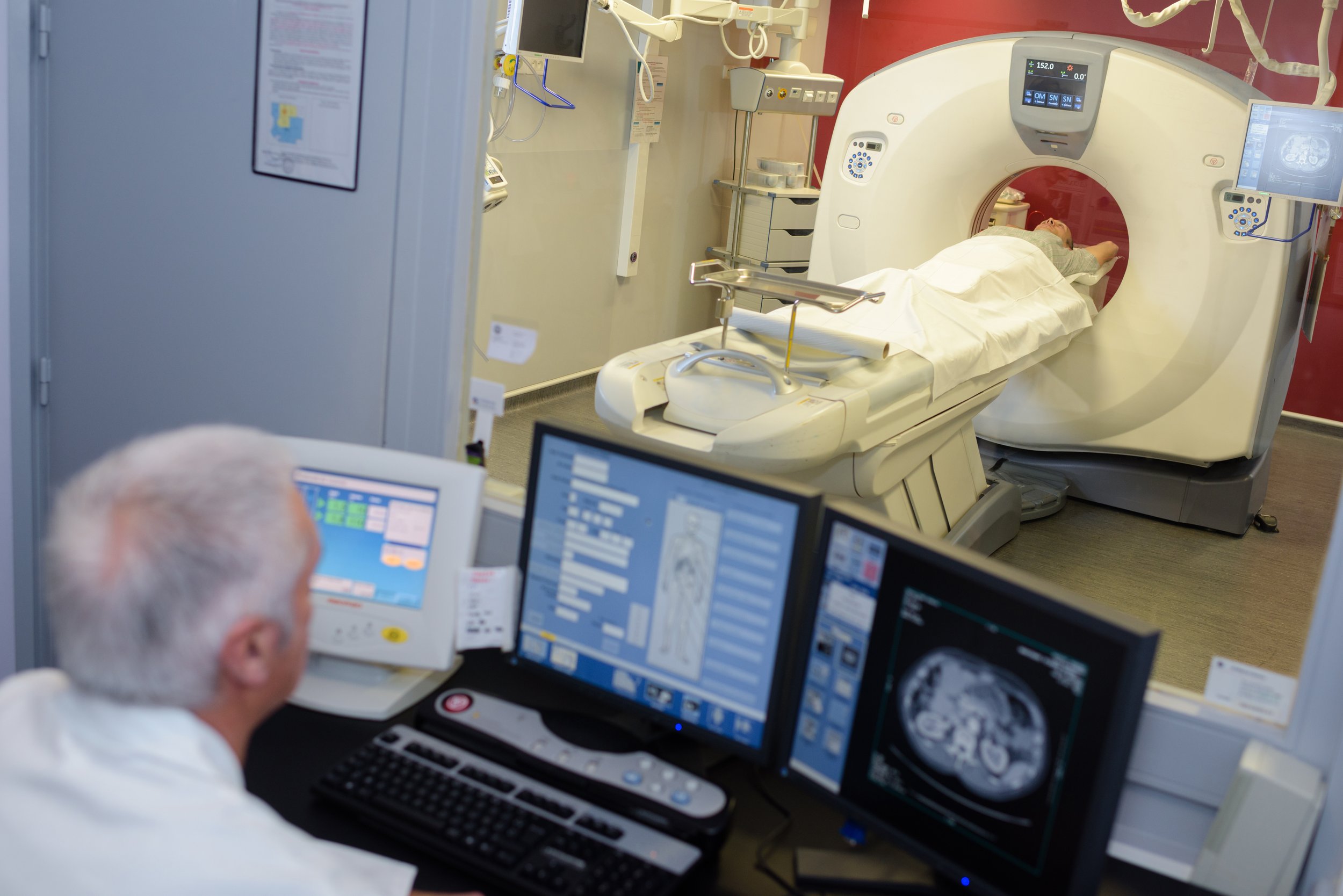
Medical Imaging
Our R&D activities are focused on the discovery and development of new materials for radiation detection that substantially surpass the performance of existing detector materials, and on integrating these new materials into detector modules and detection instruments to rapidly disseminate the latest R&D results into the hands of the medical practitioners. Our success is based in no small measure on our collaboration with large manufacturers of medical equipment. Our overarching guiding principle is achieving high performance at low production- and ownership-cost.
-

Perovskite X-ray Flat Panels
X-ray flat panels based on Perovskites have a number of significant advantages over state-of-the-art x-ray panels in terms of sensitivity and spatial resolution. The former translates directly to lowering patients’ radiation dose and the latter to detecting anomalies that may otherwise go unnoticed. Perovskites can be produced at a fraction of the cost of current X-ray detector materials. We have made major strides in translating these features into working flat panel prototypes which are currently undergoing extensive testing.
-

SPECT Gamma Detectors
We have a two-pronged R&D focus. First, develop the next generation of semiconductor detectors for photon counting CT and SPECT applications, with a special focus on CsPbBr3. CsPbBr3 detectors meet and/or exceed the performance of incumbent CdTe/CdZnTe detectors but can be produced at 1/10th of their cost. The availability of low-cost semiconductor detectors will significantly reduce the cost of CT and SPECT scanners, which in turn will significantly increase their affordability.
-

UltraFast ToF-PET Detectors
In PET, coincidence counting of paired photons emitted following the positron annihilation is used to identify and locate the radiotracers in the body. Time of Flight PET (TOF-PET) uses the measured time difference between the arrivals of the two annihilation photons to improve the localization of the annihilation event in the body and thereby appreciably improve the signal-to-noise (SNR) ratio of the reconstructed image.
Our R&D effort is to develop detector modules with Coincidence Time Resolution (CTR) values of 100ps and less. This would result in achieving mm-scale localization of the annihilation events and 16 times better SNR relative to standard PET, which would be equivalent to two orders of magnitude increase in the 511keV photon sensitivity. We are developing detector modules with superior CTR performance that can be produced at a commercially viable cost.

